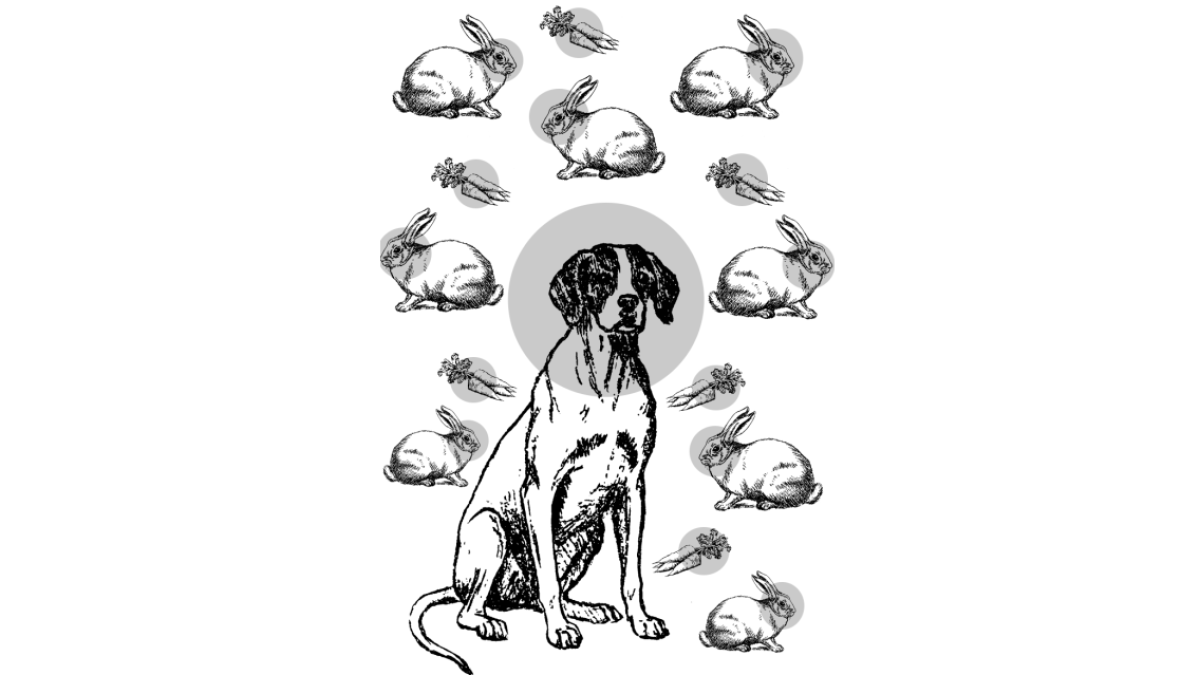Op-Ed: Our geography, ourselves

- Share via
What determines behavior?
That’s a question with a lot of partial answers. Upbringing. Genes. Brain chemistry. Peers. Sunday morning sermons. Inane values communicated in TV ads. The levels of various hormones in the fluid we marinated in as fetuses. The list goes on and on.
Many of these influences can be grouped under the nebulous category of “culture.” Examples of cultural influences on behavior are numerous. Austrians, say, are more likely to ski than Tahitians. But some differences are less obvious. For example, monotheistic religions tend to come from desert cultures, while rain forest cultures tend to be polytheistic. And societies of people who make a living as nomadic pastoralists — herders of cows, camels, or goats — are more likely than hunter-gatherers to evolve “cultures of honor” built around warrior classes, retributive violence and clan feuds.
Some of the best-studied cultural contrasts are between “collectivist” and “individualistic” cultures, most commonly between East Asian cultures and that of the U.S. Collectivist cultures are about cooperation, interdependence, the good of the group outweighing the needs of any individual. These are societies in which people are uncomfortable standing out in the crowd, hewing to the principle that “the tall sheath of wheat is the first to be cut down.” Individualistic cultures, in contrast, emphasize competition, independence, individual achievement and “looking out for No. 1.”
What do these cultural differences look like on psychological tests? When asked to draw a “sociogram” — a diagram of their social network, with circles representing themselves and their friends, connected by lines — Americans tend to place the circle representing themselves in the middle of the page, and make it larger than the other circles. East Asians typically draw the self circle smaller than the others.
When given a scenario in which a friend has cheated them in a business deal, Americans are likely to want to punish the jerk. East Asians are likely not to want to see their friends penalized.
When presented with a trio of items — a rabbit, a dog and a carrot — and asked which two go together, individualists tend to think in an analytical, categorical way — rabbits and dogs, because they’re both types of animals. Collectivists are likely to think in a more holistic, relational way, connecting rabbits and carrots, because if you think about a rabbit, you also must think about what it’s going to eat.
When briefly shown a picture of a complex scene, Americans are most likely in the first fraction of a second to look at the center of the picture, and to remember the main object in it. East Asians, in contrast, are more likely to scan the periphery and remember the overall scene. And Americans find it easier to recall times when they influenced someone else than times when someone influenced them; with East Asians, it’s the opposite.
Naturally, not all members of a culture fit neatly into its norms. Nonetheless, numerous studies taking averages of study subjects have found large differences among cultures.
Of course, “Americans” and “East Asians” are pretty broad terms, and looking at differences within those cultures can also be interesting. That’s what a terrific new study in the journal Science does. Much of traditional Chinese agriculture is about rice farming, which is the epitome of collectivism. Entire villages labor together to maintain irrigation systems, and crops are planted in rotation, since the whole village is needed to harvest each family’s crop. But scattered throughout China are regions where wheat is farmed because it is too hilly to grow rice. In wheat country, each family works its own land.
Thomas Talhelm, of the University of Virginia, and an international team of collaborators looked at these two types of farmers in rural China, carefully controlling for such things as income, ethnicity, climate and patterns of disease. And it turned out that people in wheat-farming districts look like folks from individualistic cultures. They draw sociograms in which the circles representing themselves were significantly larger. They are more likely to want a sleazy friend punished, and they link rabbits to dogs rather than to carrots. People from wheat districts also showed two additional markers of individualistic cultures — higher divorce rates, and they file more patents.
Thus, accidents of geography — in this case whether someone was born in a hilly or a flat region — can alter how a person thinks in all sorts of unexpected realms. Perhaps next, the researchers should study the ways in which the mountain tribes of Pacific Palisades think differently about bunnies and friendships than the plains tribes of, say, Whittier.
But the main point of cool studies such as this one is simply to make us marvel at the subtlety of the factors that shape us.
Robert M. Sapolsky is a professor of neuroscience at Stanford University and the author of “A Primate’s Memoir,” among other books. He is a contributing writer to Opinion.
Follow the Opinion section on Twitter @latimesopinion
More to Read
A cure for the common opinion
Get thought-provoking perspectives with our weekly newsletter.
You may occasionally receive promotional content from the Los Angeles Times.









